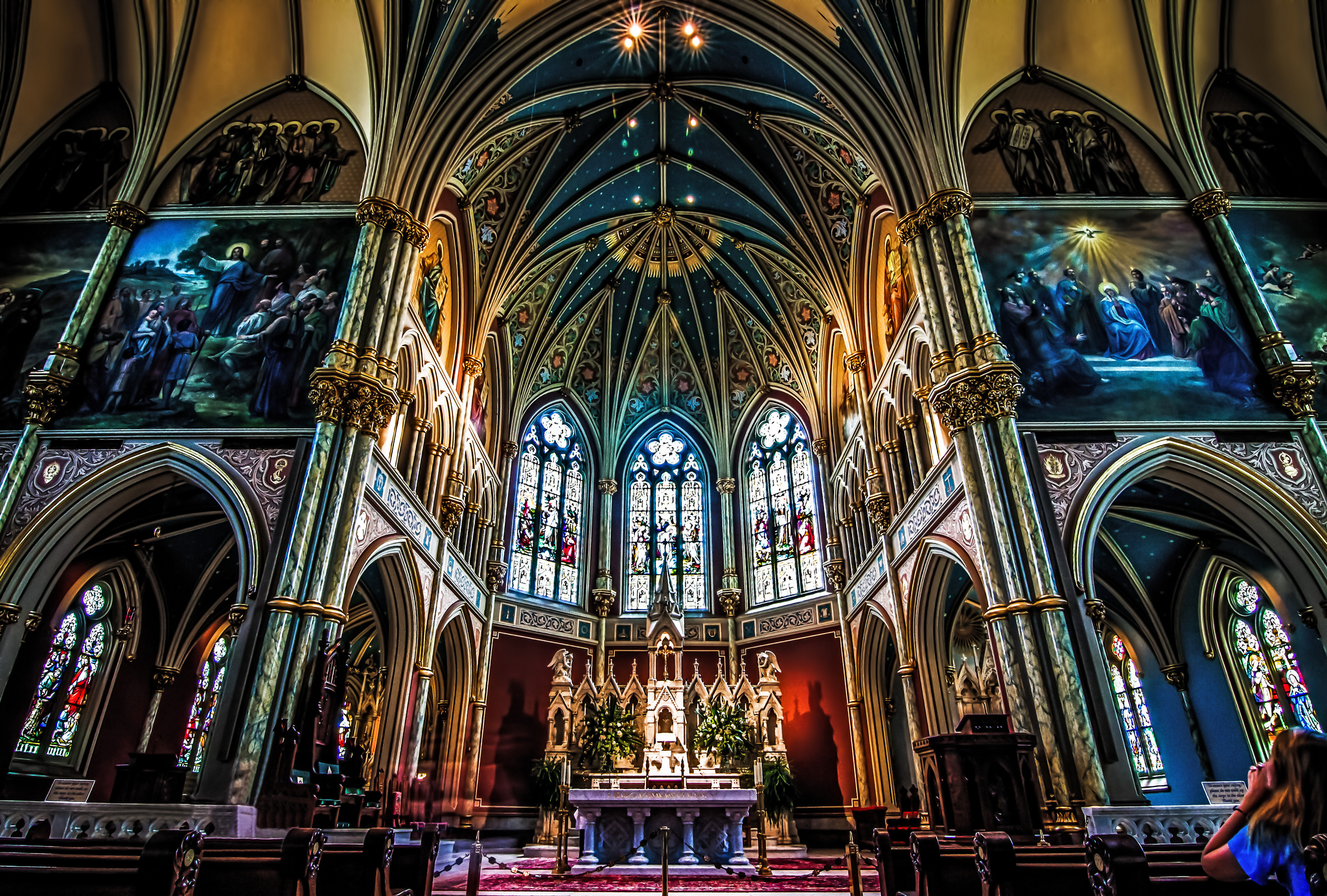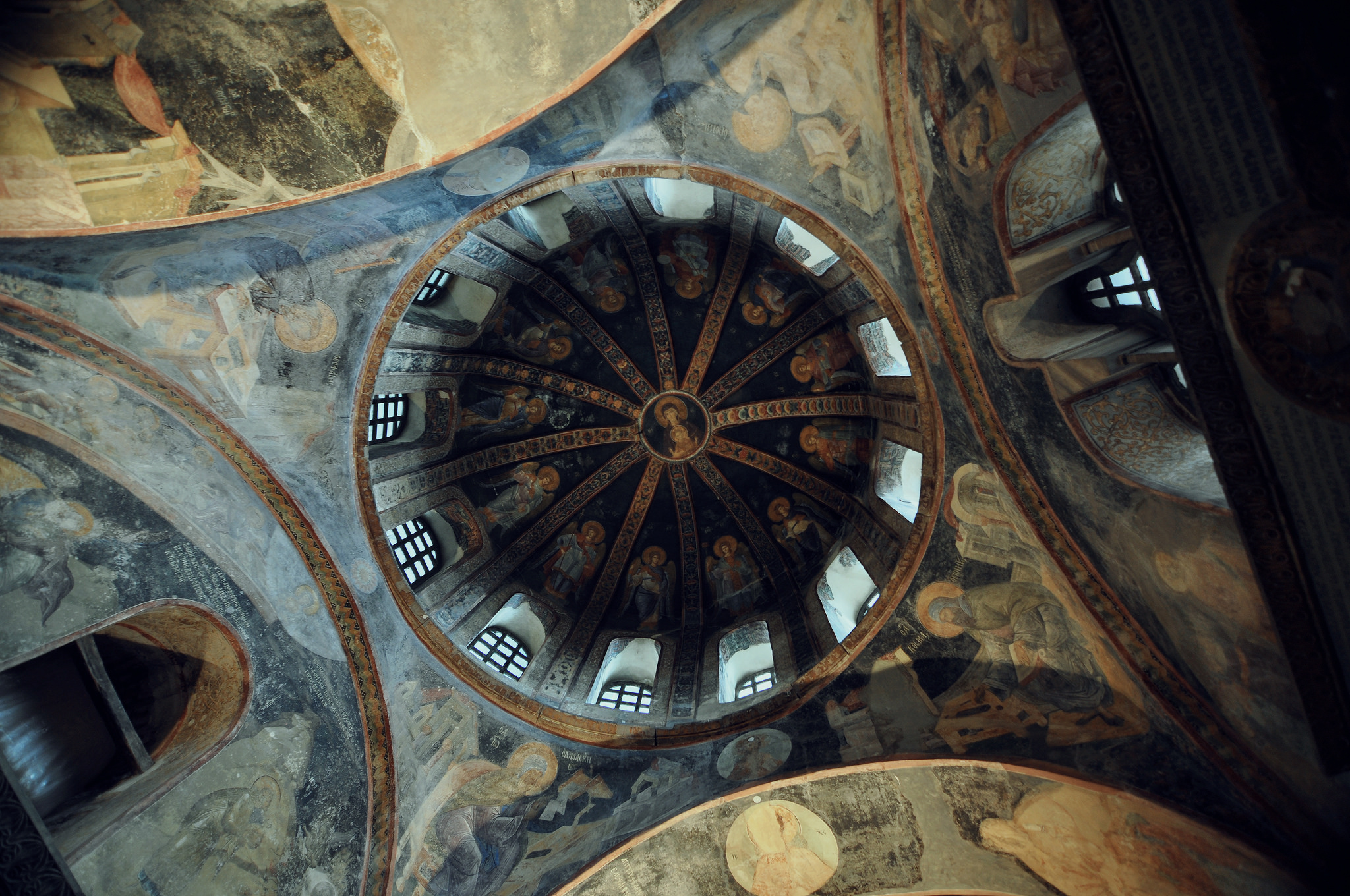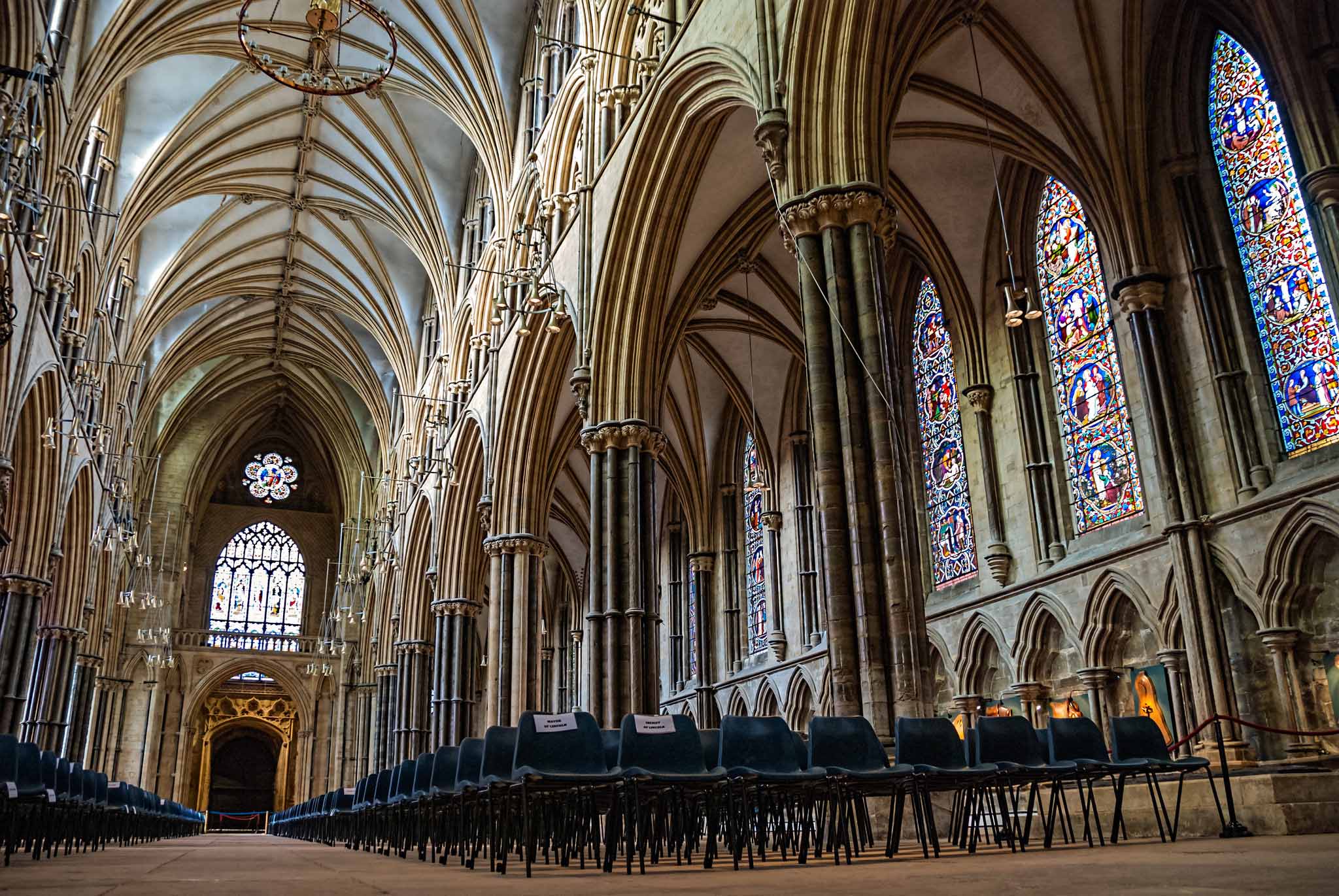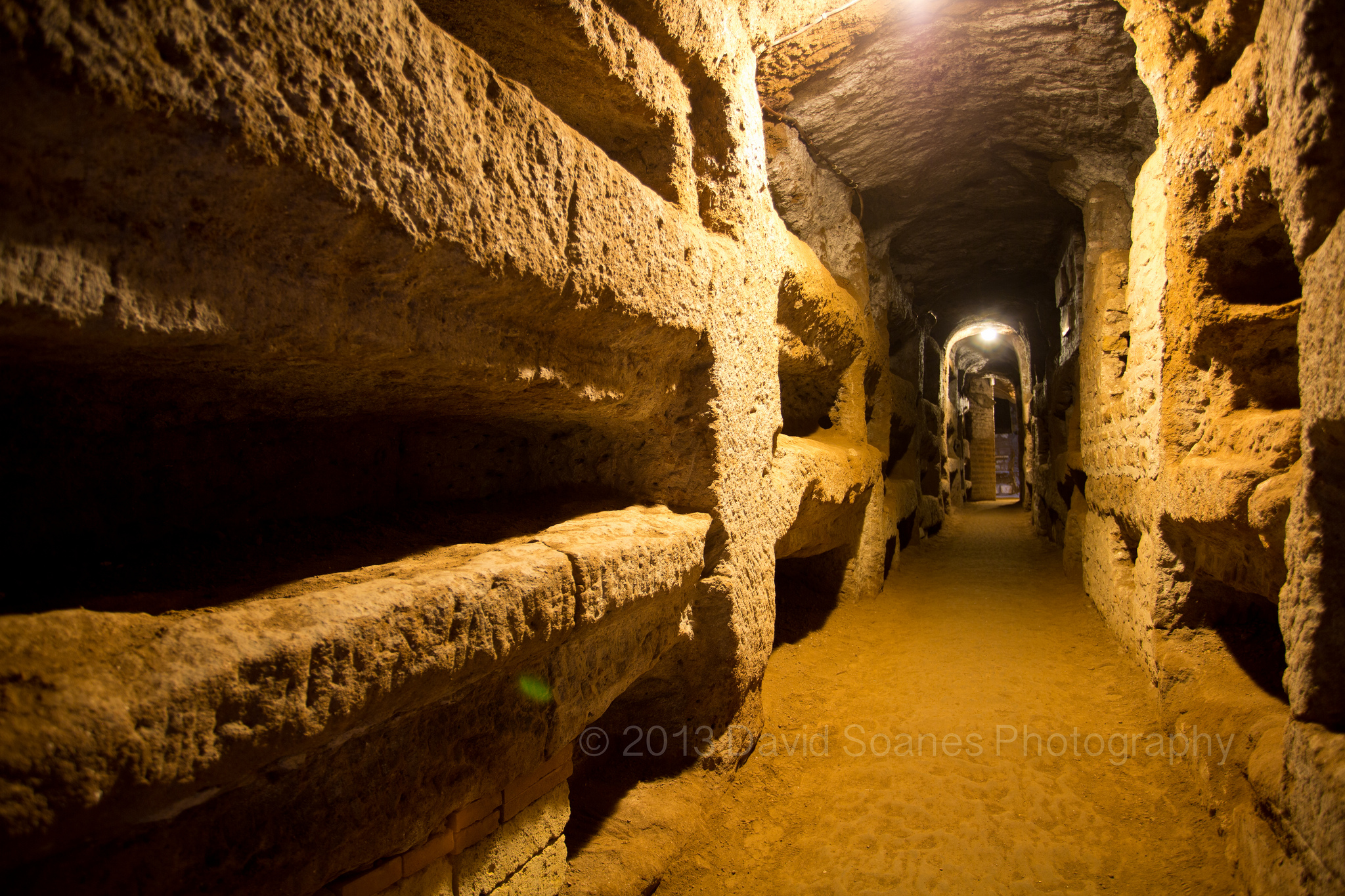Spiritual Preparation for Death
The following is taken from the Roman Ritual and consists of prayers usually said by the priest but which we ourselves can say with the dying in his absence. Prayers prior to and at the time of death are truly a final act of love shown to the dying. At no other time in our lives do we need these prayers more than at the hour of our death. Without Extreme Unction it is the only defense we have against the evil one. For those who greatly fear dying without the “sacraments” (no longer available to us today), Consider these words of St. Alphorns Liguria: “I earnestly hope and desire to have the benefit of the Sacraments when death is at hand: still, to my way of thinking, the will of God is more important. I believe that the best disposition I could have to die a happy death would be to submit myself to whatever God would wish in my regard. For this reason I desire whatever kind of death God will be pleased to send me,” (Uniformity With God’s Will, 1755; reprinted by TAN Books).
(Unfortunately, I have only a later edition of the Roman Ritual from the early 1960s; it was not changed significantly until 1964 according to my research. Please change the “yours” and ”yours” referring to our Lord to these and thins in reciting these prayers.)
Burial Practices of the Byzantines
Customs related to death and burial in the Byzantine world comes from a blend of practices: Jewish, pagan, Christian and “popular” (i.e., ingrained in popular practice) in origin. Burial customs of the Byzantines were largely adopted from the cultures among which the Byzantine world grew up.
Immediately after a person died, the corpse was lowered from the deathbed to a cot or mat on the floor. Closing the eyes and mouth came next. Evidence from the Shroud of Turin indicates that a narrow cloth was tied around from the top of the head down under the chin. The body was left for a short time until the next preparations, which were performed by older women of the family. This is a part of ancient tradition, widespread throughout the
Mediterranean world (see the stories of the myrrh bearing women in Mt. 28, Mk. 16, Luke. 24). These women were relatives of the deceased or possibly members of a specific burial society who prepared the body. Washing the body was the first concern, ordinarily using warm water, wine, a perfumed liquid, or some combination (see the preparation of Tabitha, Acts 9:37). Next, those who prepared the body applied aromatic myrrh as a safeguard against the odors of rapid decomposition. Myrrh was a combination of any of the following: spices, aloes, Smyrna nard, and others, mixed with wine.
The hands and feet were bound together to counteract the effect of rigor mortis and to make it easy to lay out the body. This practice also shows up in the Shroud of Turin. The body would be clothed in appropriate clothing, which might be anything from a simple white linen shroud to the most elaborate apparel, depending on class, occupation or vocation and local custom. A military officer would wear his uniform and gear; a civil authority would wear his imperial insignia; the cleric or monastic his vesture. It became standard practice to wrap all in white linen as a burial garb or covering the attire — with the general effect of swaddling.
The face was usually covered with a kerchief or veil for modesty’s sake. Note the reference to the linen cloth over the face or head of the Lord in John 20:6-7. Later “theological” interpretations have come to us: Moses’ face was veiled when he entered the presence of God; the Holy of Holies was separated from the rest of the Temple by a veil; we all become anonymous in death, and so forth. Finally, the head of the deceased was crowned with a wreath of laurel or flowers. There is a striking comparison between the wreath of the wedding service and the wreath of the burial…Often, the body lay in state, reclining on a pallet or in a coffin — the head facing east, resting on a pillow. Bishops were set out in state and buried in a sitting position. The body was then carried to the church for the funeral and from there to its final resting place — both times accompanied by torch-bearers, mourners and even instrumentalists or chanters. Tapers were distributed to the mourners for the funeral and the burial or entombment.
At the time of death
If the deceased and the family have decided not to embalm, then the suggested procedure is outlined below and in the section of this resource book entry titled “Care and Preparation of the Body.” If embalming is going to be part of the overall plan, then family and fellow parishioners may prepare the body after the embalming procedure. Of course, some might simply decide to bypass preparation of the body from the family and fellow parishioners altogether, leaving the process to the staff at the funeral home.
Traditionally, upon death, any family or friends present at the time of death, wash the body with water and lay the deceased to rest on a bed, or more in keeping with a sacramental view of creation, on a prepared table with face elevated toward the east. Acts 9:36-37 bears witness to this same preparation of the body of St. Tabitha (alternatively called Dorcus or Gazelle), the disciple of the Apostle Peter. In some instances, rose water and olive oil may be used to wash and anoint the body, in commemoration of the care given the Savior’s body by Sts. Joseph of Arimathea and Nicodemus on Holy Friday.
In some places, instead of the usual clothing, a white winding sheet or shroud covers the body. Those who wish to prepare the body without the assistance of a funeral home, or with minimal assistance from the funeral home, may refer to the chapter titled “Care and Preparation of the Body.”
Care and Preparation of the Body
For those who desire it, friends and family of the deceased may prepare the body immediately after death. This procedure may also take place immediately prior to the beginning of the funeral. The funeral home may assist the family by providing a room in which to wash and dress the body as well as placing the body in the casket…This preparation of the body has been traditionally the task of the members of Orthodox Christian families.
Embalming is foreign to traditional orthodox Christian practice. Embalming (though in a different form than practiced today) was the custom in ancient Egypt when the Hebrews lived in their midst. Our present practice of embalming became popular during the Civil War, to preserve the bodies of soldiers killed in action so that they could be returned to their homes. President Abraham Lincoln’s body was embalmed on numerous occasions, as his funeral cortege traveled by train from Washington, D.C., to his home in Springfield, Ill. Vladimir Ilich Lenin’s body undergoes an extraordinary embalming process on a regular basis in order to give it the appearance of incorruption. The procedure that takes place in the “prep room” of contemporary American mortuaries is one that, quite simply put, is an offence to the temple of the Holy Ghost that our bodies are considered to be.
Whether or not one chooses embalming, family and friends can still care for and prepare the body. If the body is to be embalmed, then the following takes place after that procedure. If the body is not embalmed, then the following takes place sometime before the body is taken to the church.
A reader chants the Psalter throughout, and if possible until the hearse arrives. Warm water, perhaps mixed with rose water, is used to wash the hair and head, the face, neck, and so on. Modesty, prayer and quiet are characteristics of this work. A natural sponge is best for this. When the washing is completed, the body is then dried with large, white towels — reminiscent of baptismal towels Anointment with olive oil mixed with myrrh oil occurs next. These can be obtained at any number of stores that carry aromatherapy and essential oils. Excess oil is wiped off with cloths.
Dressing the body now takes place. The funeral home staff can to assist at this point, if the attendants need help. The body should be clothed in regular clothing, either new or from the wardrobe of the deceased. In ancient times, the deceased were buried in white clothes, reminiscent of baptismal garments. In that light the garment may be a white dress for a woman and a white shirt for a man. The body is then placed in the casket. The funeral home staff can assist at this point. (A simple crucifix is placed in the hands of the deceased). The body is now ready for family viewing and then transportation to church for the All-Night Vigil of Burial. (End of Orthodox burial booklet quotes.)
AN ACT OF RESIGNATION
My Lord God, even now I accept at Thy hands, cheerfully and willingly, with all its anxieties, pains and sufferings, whatever kind of death it shall please Thee to be mine. Amen.
BEATI MORTUI
Blessed are the dead who die in the Lord. O my God, I have certainly to die, but I know not when, how or where I shall die; this only I know: That if I die in mortal sin, I shall be lost forever. Most blessed Virgin Mary, holy Mother of God, pray for me a sinner, now and at the hour of my death. Amen.
PRAYER FOR A HAPPY DEATH
Grant unto us, Lord Jesus, ever to follow the example of Thy holy Family, that in the hour of our death Thy glorious Virgin Mother together with blessed Joseph may come to meet us and we may be worthily received by Thee into everlasting dwellings: Who livest and reignest world without end. Amen. (Raccolta)





